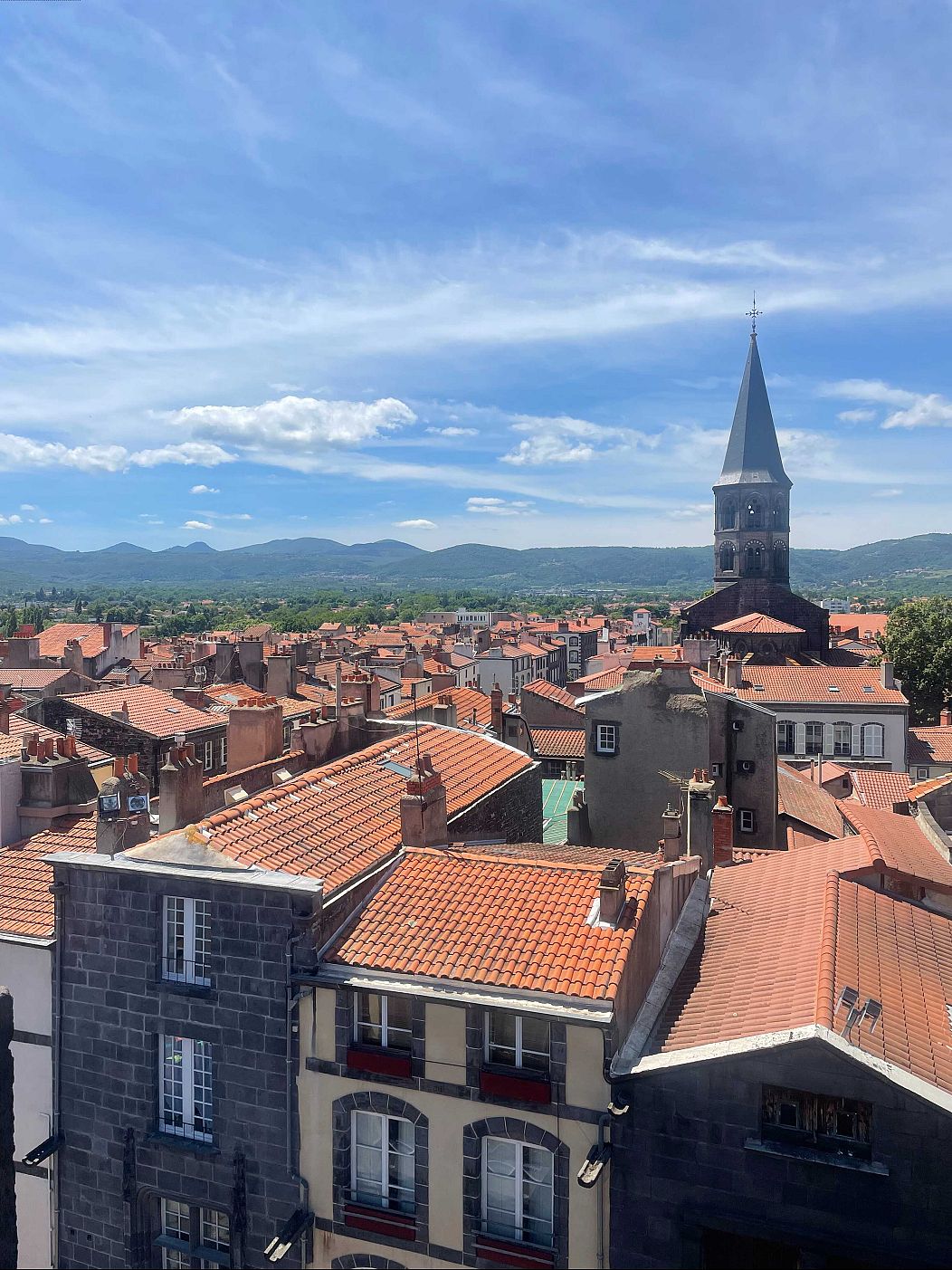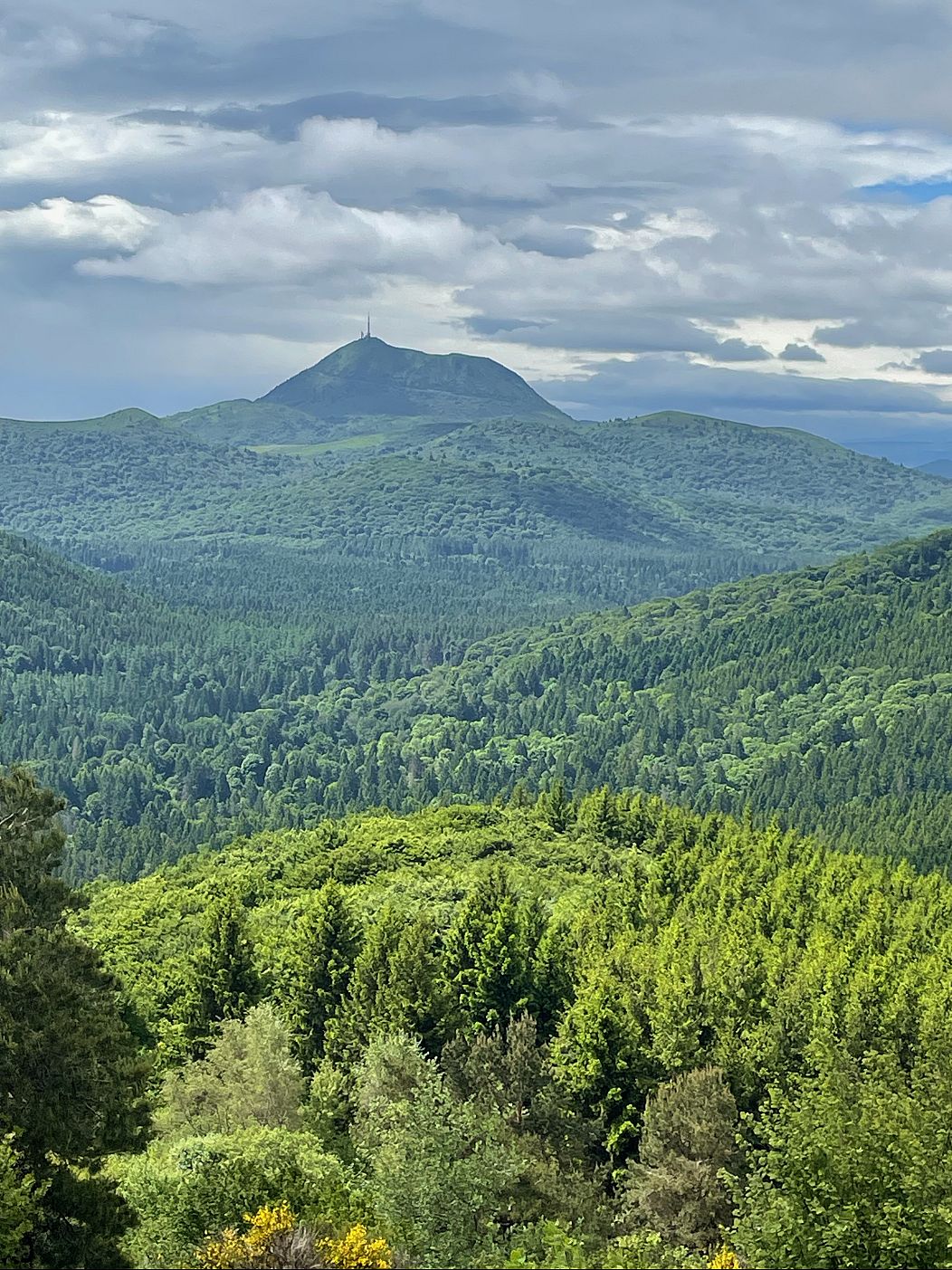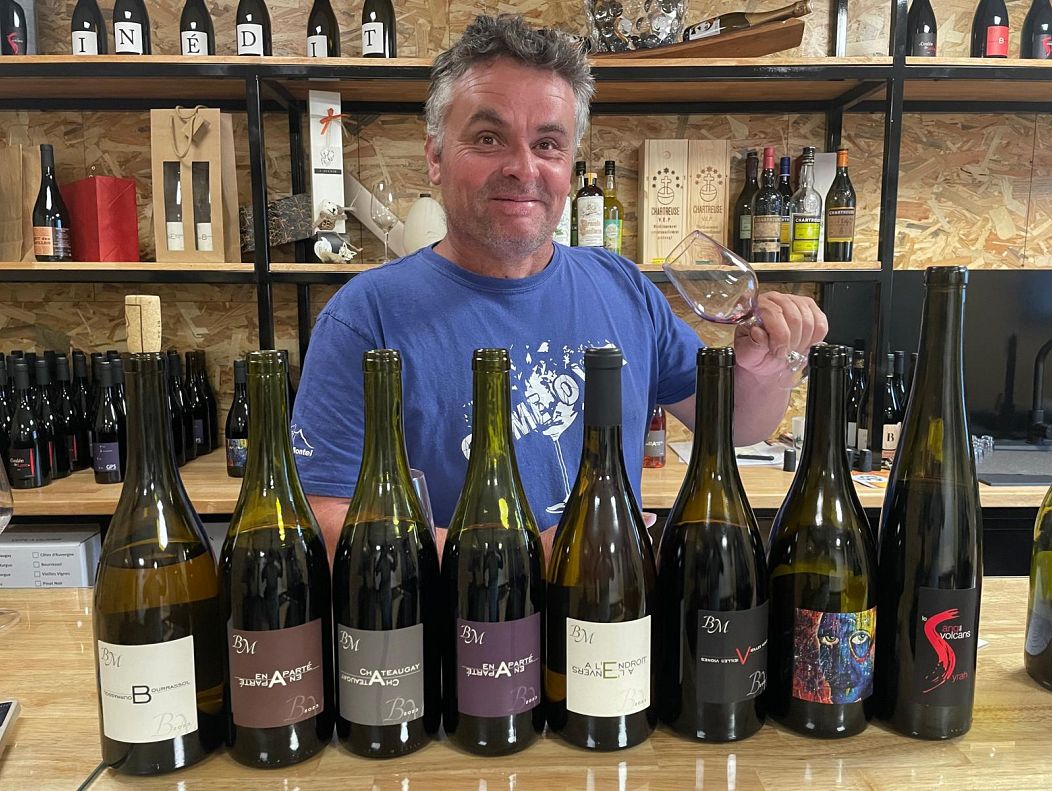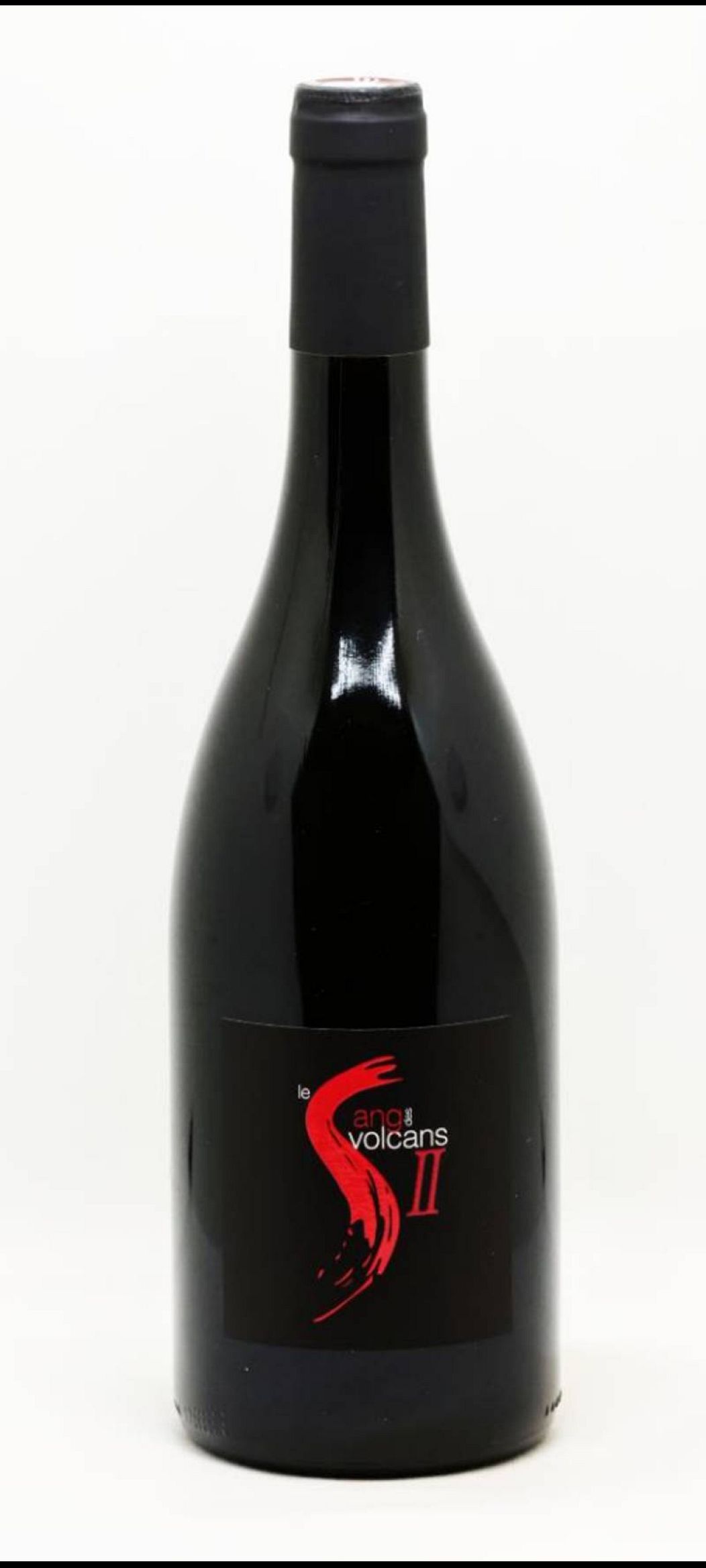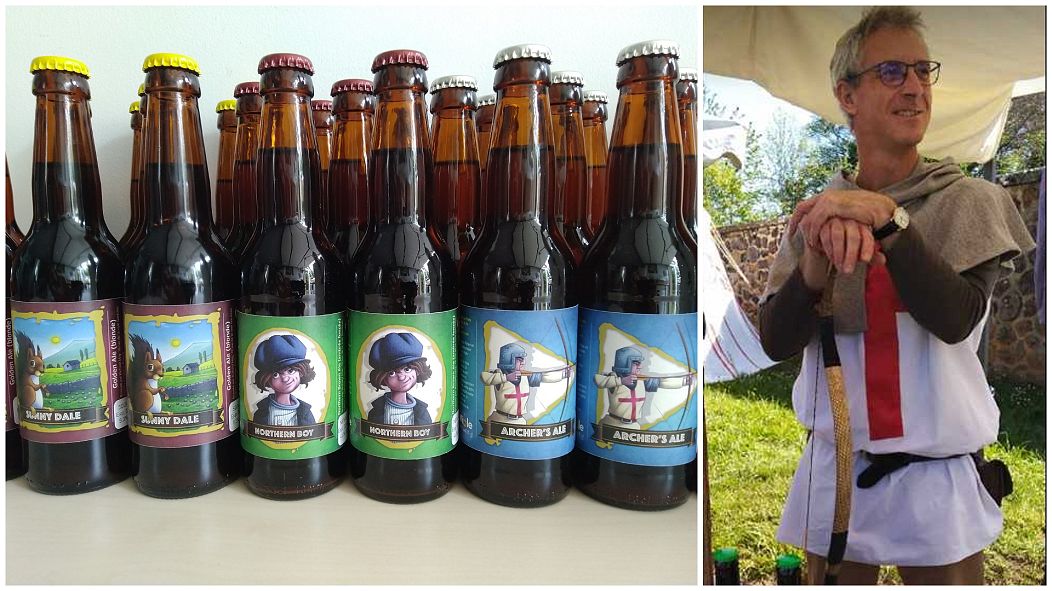The Blood of Volcanoes: How Wine and Beer are giving the Auvergne a transfusion
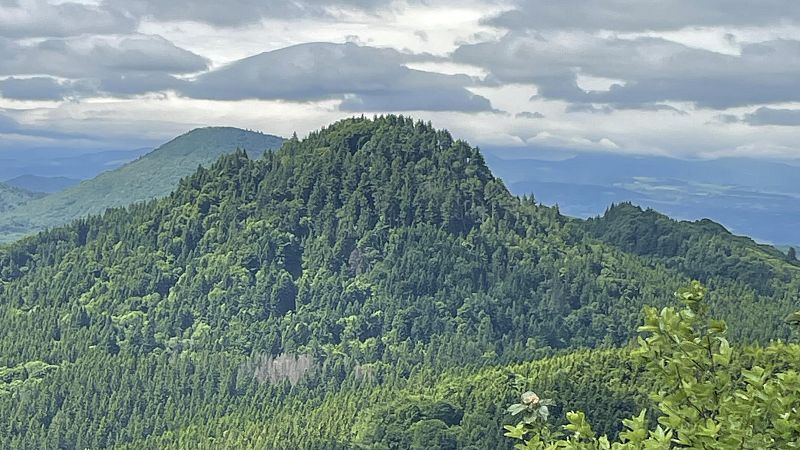
It seems fitting to discover the innate culture of the Auvergne region while France is so politically at odds with itself. Had the tectonic plates achieved a full rupture millions of years ago, what we know as France would have been two separate land masses divided by water, and may never have fully developed into the France we know today.
We've seen an ideological schism in the region's capital of Clermont Ferrand this year. A traditionally left wing, worker-oriented city has seen a shift in 2024 with the victory of Rassemblement National leader Jordan Bardella winning, albeit narrowly, the local election with nearly 20% of the vote.
We do not know yet how the political schism will pan out for France with all sides to varying degrees throwing rocks at each other, but we can see for ourselves the extraordinary legacy of the continental break up that took place thousands of years ago - and plenty of rocks were catapulted around then.
No fewer than 80 volcanoes sit on the Chaîne des Puys, a 32-kilometre long but only four kilometre wide strip of verdant land in this relatively unspoilt area of central France.
This higgledy-piggledy landscape resembles a huge herd of sleeping camels but 150 years ago was in fact the third biggest producer of wine in France (volume, not quality) but now you rarely hear about wines from this area. Even aphids didn't seem to be interested in the region, as the grape phylloxera plague that destroyed the wine industries of France and then most of Europe, didn't turn up in the Auvergne until 30 years after the pest was first unmasked in the Southern Rhone, and by then there was a solution.
An Auvergne Renaissance?
At this time there were 40,000 hectares under vine, but in 2024 it's only a little over 500. Winemaking had all but disappeared until the 21st century, when a handful of young winemakers who had studied in the heartlands of Burgundy and Bordeaux came back to their homes here and started again. This time, however, the quantity over quality dialectic has reversed and in November 2010 a new AOC was created - the Côte d'Auvergne. Its defining characteristic (outside from its relative obscurity)? The volcanic soils.
That's right. Volcanoes make your wine taste different.
Here in the Auvergne, the bristling tectonic plates put pressure on the magma below causing spurts of it to shoot up and form volcanoes which erupted and the ensuing lava flow changed the characteristics of the surrounding soil.
One characteristic I found in wines from the area is a distinct smokiness, and I have seen this very often in tasting notes from the volcanic Sicilian region of Etna. Both have Basalt soils.
Oenological studies suggest that this type of soil can also create wines that have higher acidity due to the vine's restricted ability to imbibe the key nutrients potassium and phosphorous.
The AOC is represented by five separate appellations. From north to south: Madargue – Châteaygay – Chanturgue – Corent and then Boudes.
The lion's share of the vineyard surface is planted with the Gamay varietal. But not precisely the Gamay you and I know from Beaujolais, although it's still light and easy to drink.
Here we have Gamay d'Auvergne, whose bunches have three heads like a mythical dog. These are old vines, and winemaker Benoit Montel is a big fan.
He was one of the young winemakers who began to build up a presence in the region 25 years ago. Before that he earned his stripes with notable Burgundian winemaker Olivier Leflaive.
The Blood of Volcanoes
Not having a huge number of hectares to cultivate single varietals, many of his cuvées are blends, but I think his standout wine is Le Sang de Volcans II (The Blood of Volcanoes II) made from 100% Petite Sirah grapes, which are not grown very much in France at all, giving the wines from here even more appeal. The unusual, Riesling-esque bottle, adds a touch of design elegance to the overall package.
This IGP Puy de Dome red is full of black fruit after its period of cold maceration and oak ageing. A decent finish particularly for a wine grown not only at altitude but in a cool climate.
And it's not only winemakers breathing new life into the Old World. Craft beer has taken France by storm over the last five years, so much so that international brands are struggling to find commercial viability here. The popular Beavertown are currently phasing out their French operation leaving the market in a more approachable state for more localised micro-breweries to succeed.
Dark Lab in Saint Ours, a short drive from Riom and bang in the middle of the Puy de Dome, styles itself as a Micro-Brasserie and is making some of the most drinkable artisan beer in the country.
They brew a West Coast IPA called "1999 Party" which is full of hoppy goodness without being 'one of those beers' that hit the 8% mark that are so common in France and Belgium. This one weighs in at 6% but they also have a 4% Session IPA if you're sticking around for a while, and you might be as they do a good menu. Try also the Fruited Sour if you want to hit your 5-a-day targets (that's a joke).
The upper floor of the bar-restaurant houses the brewing room where five 40hL fermentation vats are attached to the pumps below. They use a technique known as 'repitch', meaning they recycle the yeast from one brew to the next. This is probably the closest that beer gets to the Solera system in winemaking.
The small-batch brewery is named after a black Labrador called Louis who is said to be the perfect embodiment of the joviality and playfulness to be experienced in the bar.
Anglo-French drinking
Just south of Clermont-Ferrand lies a commune called Le Cendre. Here, you'll find a tale of the unexpected - an Englishman making beer in France. Richard May grew up in Yorkshire in the north of England but although he swapped the dales for the volcanoes, you can't take Yorkshire out of the boy.
The three main cuvées here are called Sunny Dale, Northern Boy and Archer's Ale, the latter's iconography depicting an archer wearing a St George's Cross. But there's no malice in it.
"I’ve never really had trouble fitting in around here as a Brit, and the people are generally friendly and accepting, even though I can get ribbing during rugby and football tournaments. When I get ribbing for being British I just point out that the invasion has started and that they are all doomed!," May tells Euronews Culture.
May mainly sells his beer through direct sales and on markets and local events such as Christmas markets and medieval markets (where he has, rather courageously, dressed as the archer from the label). "I am not sure if many people have made the link with the archer, they tend to see a Templar rather than an English archer," he explains.
This change in brewing over the last ten years has taken place in many regions of France.
"Suddenly, around 2015/2016, I started seeing adverts on Facebook for homebrew kits from an internet site called “Saveur Bière”," says May. "At the time there were very few breweries, now there are brewers everywhere. This change, in my mind, is due to two things: the early “pioneers” of brewing started awakening the French taste buds to what a good beer could taste like, compared to the old commercial versions; and the commercialisation of pre-made home brewing kits and equipment for brewing 20-30L Grainfather and Brewmonk, for example. The easy access to brewing equipment and kits containing hops and malts expanded the homebrew population. Eventually these brewers looked for bigger volume equipment, which is now more available than ever."
May is clearly a huge fan of his adopted region. "There is plenty of natural beauty to see and walks to take," he explains. "When it snows, the Chaîne des Puys is really beautiful in their 'white winter coats'. I often find that most of what I want, or need, can be found within the Auvergne, and there are still lots I haven’t seen, even after fifteen years here."
Finding out more
The region knows its USP. A short drive from the Dark Lab Brewpub is a scientific theme park that provides a genuinely fun education on everything to do with volcanoes. A €123 million project, Vulcania began in earnest in 1992 and opened ten years later.
And if you want to see the inside of an actual live volcano, go and talk to the experts at the Lemptegy Volcano. You can see first hand how the lava carves out deep channels in the earth, and observe the rock stratification that vine routes reach down to, giving the wines from here an unmistakable character.
The Chaîne des Puys is, I should point out, still considered live. The last eruption was 8,500 years ago so would have been witnessed by mankind, but the first was around 100,000 years ago. Another one could, theoretically, happen at any moment. But don't let that put you off.
Today


